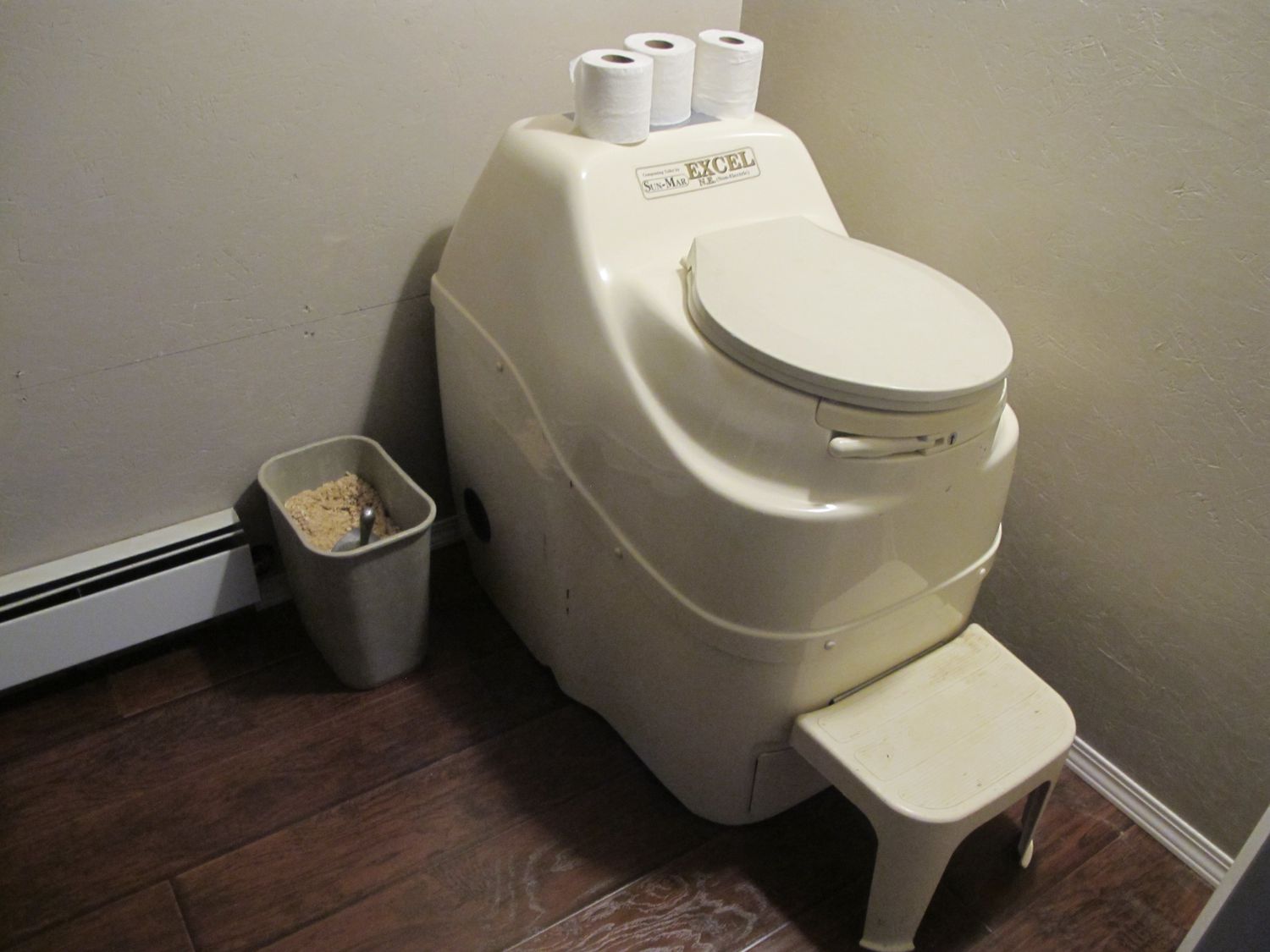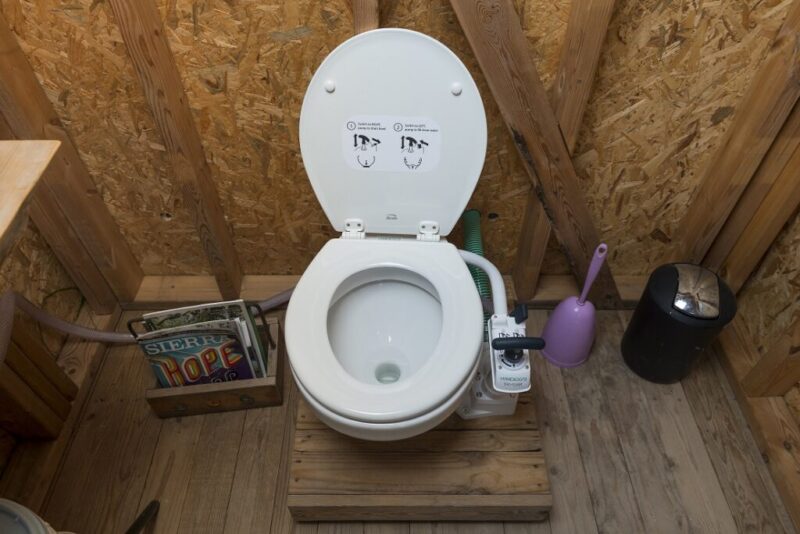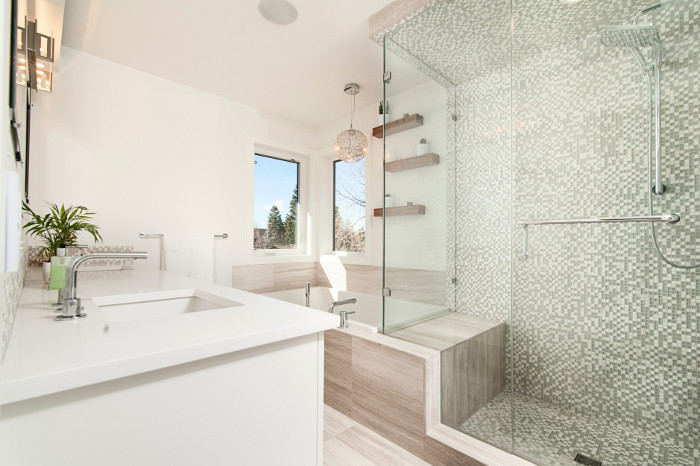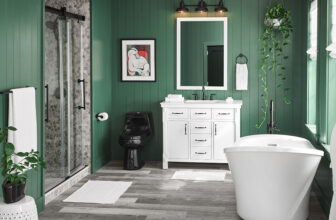
The concept of waterless toilets might sound outdated, right? Well, if you picture that traditional outdoor structure, then it might. But in reality, a waterless toilet is actually a modern household appliance that greatly helps save on water. In some parts of the globe, developing countries, for instance, water comes off as a luxury that cannot afford to be flushed down the drain. It should be used in moderation instead, a practice which is greatly aided by the use of waterless toilets.
As an alternative to the common flush toilet, a waterless toilet can equally provide sanitation and better still, do so on minimal infrastructure. The greatest benefit, of course, being the water conservation part. Normally, they are not connected to the sewage system, and the waste is not sent to a treatment plant. Instead, as the toilet owner, you will have to take care of it on your own, by composting. With the current designs, these toilets provide a hygienic way of recycling human waste. They are several types of these toilets to choose from, and a comprehensive list can be found on homeworthylist.com.
Why Waterless Toilets?
Apart from the obvious reason of saving on water, these toilets also come with other numerous benefits. They are incredibly flexible as they can be conveniently put up whenever there is a need. They are easy to install and repair in case of damages. You can click this link to find out more about the best repair kits for your toilet.
Here is a list of key benefits of waterless toilets:
Water Conservation
These toilets, unlike flush toilets, do not require water in the disposal of human waste. They are ideal for those in areas faced with frequent water shortages. Additionally, they help to cut down on water costs, which could otherwise be high with the use of flush toilets.
Reduced Odor
Most waterless toilets feature a smart ventilation system design that enables a reduction in odor. As a result, there is no need for chemicals, in the name of detergents to help keep the bad smell away.
Eco-Friendly
 Wastes from these toilets can be safely recycled. Composting toilets convert human waste into compost that can be used in the garden. It eliminates the need for waste treatment which usually involves harmful chemicals that are eventually released into water bodies.
Wastes from these toilets can be safely recycled. Composting toilets convert human waste into compost that can be used in the garden. It eliminates the need for waste treatment which usually involves harmful chemicals that are eventually released into water bodies.
How Waterless Toilets Operate
Waterless toilets work in a smart way to hygienically convert human waste into compost. As the waste collects into the separate collection chamber, usually located below the toilet pedestal, air is fanned through to speed up composting. The air also helps fan way bad odor. Any liquid accompanying the waste is separated into a small trench where it is eventually evaporated by the fanning action.
These toilets can be purchased together with a greywater treatment system to conveniently integrate an on-site wastewater management system. They are quite a number of manufactured waterless toilets, composting toilets in particular, with different features as explained below:
Types of Composting Toilets
Batch Composting Toilets
Just as the name suggests, this system facilitates waste composting in batches. They come with several composting chambers, at least two, that are used alternately. As soon as one is filled, it is replaced with the second one. The filled one is left to compost to maturity before the compost is used in the garden. When fully emptied, it can then be used to replace the second one when full, and the process goes on and on.
Continuous Composting Toilets
This system features one large composting chamber that allows for a continuous composting process. As the waste is converted into compost, the older material settles at the bottom and is easily accessed and removed through the access hatch.
Hybrid Composting Toilets
This composting system combines the processes of both the batch and continuous composting toilets. The collecting chamber, when full, feeds the finishing tray at the base, where composting takes place. The mature compost is removed and used in the garden as the new batch is again fed into the finishing tray by the rotating handle.
Waterless toilets are an ideal alternative to flush toilets, especially for those in areas frequently affected by water shortages. They greatly help reduce water consumption and still provide sanitation by hygienically managing human waste. Composting toilets convert human waste into compost that can be used in the garden. They eliminate the need for waste treatment which usually comes with negative environmental implications.
Contributed by: Perfectbath.com foremost experts in bathroom fixtures and bathroom design.








